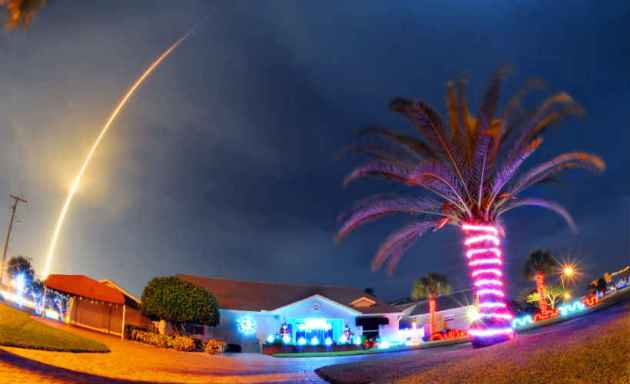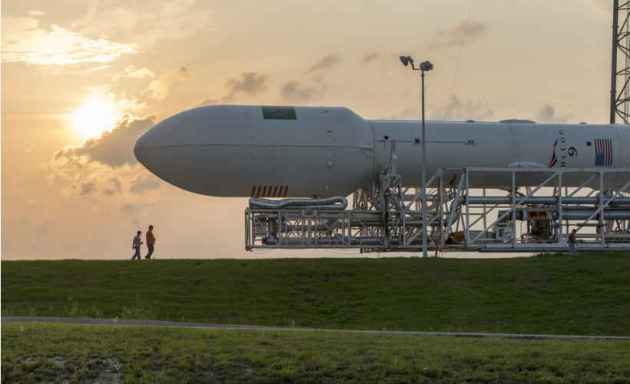SpaceX’s Falcon 9 launches into space, and lands back safely: Here are all the pics
A SpaceX Falcon 9 rocket blasted off from Florida on Monday, soared back to Cape Canaveral and landed safely near its launch pad. Here's a quick look at the pictures.
Updated: December 22, 2015 15:13 IST 1 / 8
1 / 8A SpaceX Falcon 9 rocket blasted off from Florida on Monday with a payload of communications satellites before the reusable main-stage booster turned around, soared back to Cape Canaveral and landed safely near its launch pad in a dramatic spaceflight first. Read more here (Source: AP)
 2 / 8
2 / 8It was the first flight for Elon Musk's California-based company since a rocket failure in June that destroyed a cargo ship being carried on a resupply mission bound for the International Space Station. Read more here (Source: AP)
 3 / 8
3 / 8The upgraded, 23-story-tall Falcon 9 rocket lifted off from Cape Canaveral Air Force Station at 8:29 p.m. EST/0129 GMT, with the nine-engine suborbital main stage returning 10 minutes later to a landing site about 6 miles south of its launch pad. Read more here (Source: SpaceX)
 4 / 8
4 / 8SpaceX employees erupted in jubilation as they watched live video footage of the 156-foot-tall white first-stage booster slowly descending upright through a damp, darkened night sky amid a glowing orange ball of light to make a picture-perfect landing. Read more here (Source: AP)
 5 / 8
5 / 8Minutes after blast-off, the Falcon 9’s first-stage rocket separated from its upper-stage booster, which continued on into orbit to release ORBCOMM’s satellites about 500 miles (800 km) above the Earth. Read more here (Source: SpaceX)
 6 / 8
6 / 8Falcon 9 is a 229.6 feet (70 metres) tall, two-stage rocket, built and designed by the company to deliver satellites and the Dragon spacecraft into orbit. It’s got a diametre of 12 feet and generates more than 1.5 million pounds of thrust at sea level. Read more here (Source: SpaceX)
 7 / 8
7 / 8The SpaceX feat is important, given that this is the first time that an orbital rocket has come to back to Earth intact. The rocket reached a height of approximately 200 kms before it landed back on earth,Read more here (Source: AP)
 8 / 8
8 / 8The Falcon rocket launched on Monday also included a more powerful first-stage engine and a beefed-up landing system. Read more here (Source: SpaceX)











